Accelerating the Robot Dream
Empowering robot innovation, providing full-cycle development services, reducing costs, and accelerating the commercialization process.
Contact Us +

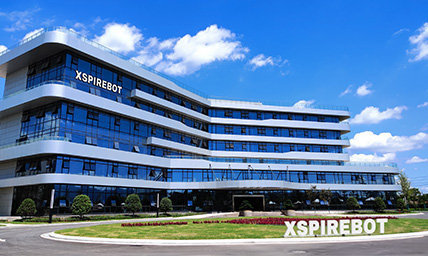
Henan Xspirebot
Xspirebot specializes in the design, production, and servicing of robot platform solutions.
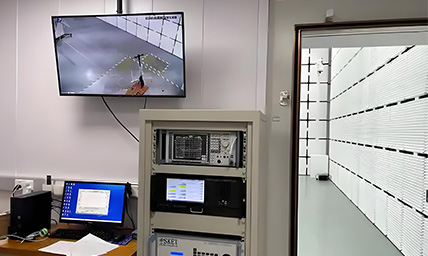
Quality Control
A comprehensive quality control system that manages everything from raw materials to finished products.
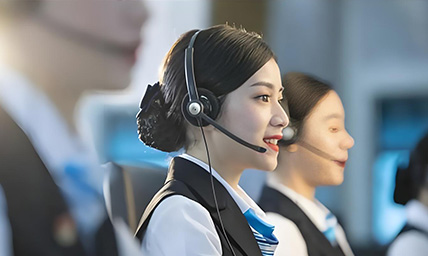
Service & After sales
24-hour after-sales service. Please do not hesitate to contact us if you have any questions.
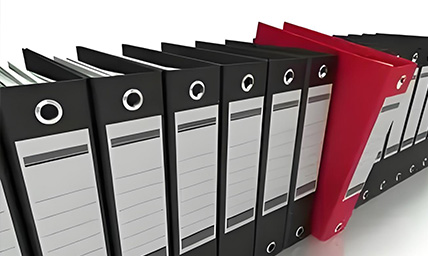
Download
XspireBot provide downloads of product catalogs, product solutions, and user manuals.

Key Member
Ten years of mass production experience and 32 patents in motion control.
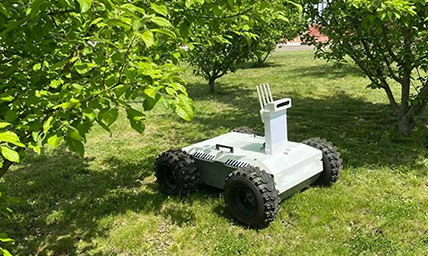
Agricultural Industry
Agricultural robot chassis assists you in field operations such as sowing, spraying, and harvesting.
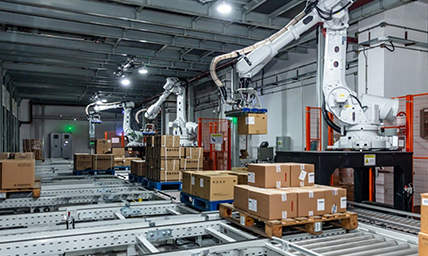
Manufacturing Industry
Industrial robot chassis assist you with tasks such as material handling, assembly, and quality inspection.
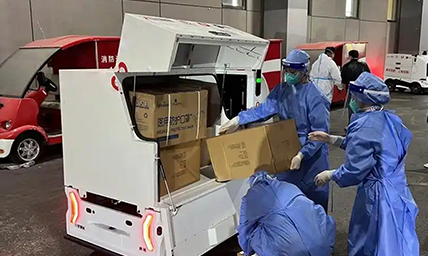
Transportation Industry
Autonomous transport robots that can deliver goods around the clock in urban and industrial environments.
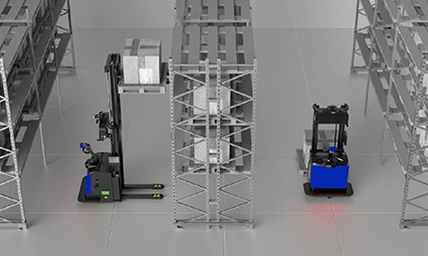
Warehousing Industry
Unmanned transport robots enable full autonomy in cargo stacking & transfer within IoT logistics.
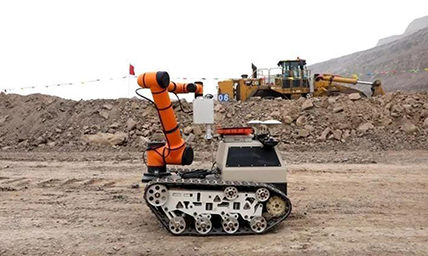
Inspection Industry
Autonomous 24/7 patrols at power facilities, industrial sites, data centers, and other locations.
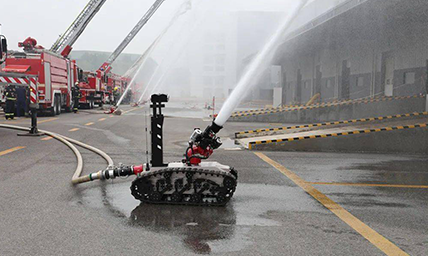
Firefighting Industry
Autonomous fire detection & suppression in high-risk environments: high-rises, chemical plants, and data centers.
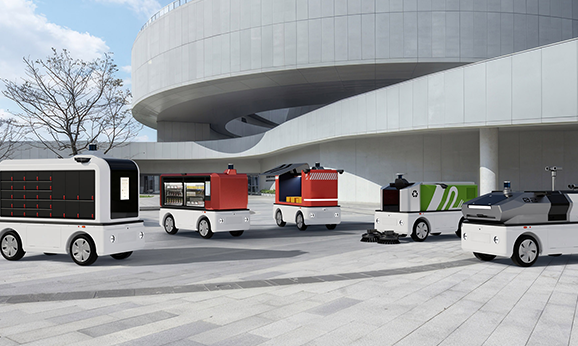
Robot Chassis
Xspirebot offers chassis for indoor and outdoor mobile robots suitable for different terrains.
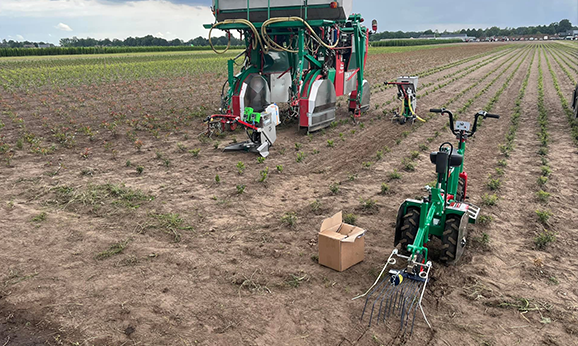
Motors
Drive motor designed for mobile robot chassis, applied to mobile robot platform & agricultural robot chassis.
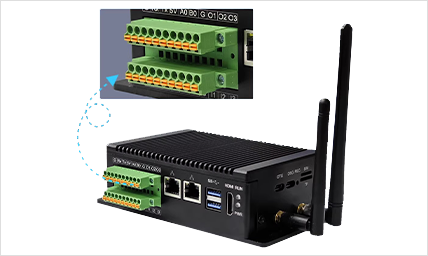
Controller/Drive
The controller can control the robot chassis's movement, positioning, obstacle avoidance, path planning, and other motion functions.
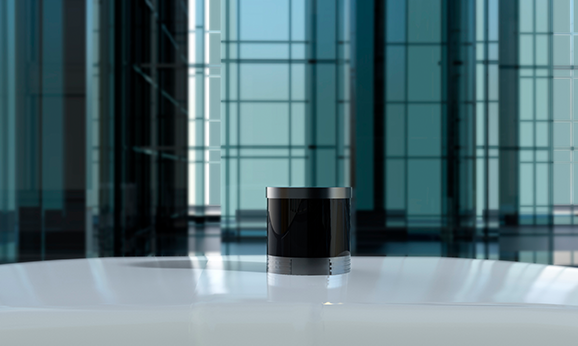
Sensor
Xspirebot offers advanced sensors for autonomous robot platforms: cameras, ultrasonic radar, LiDAR, IMU, & IINS.

Electric Motor Axle
Xspirebot adapts electric transaxle load, power output, & layout to meet customer needs.
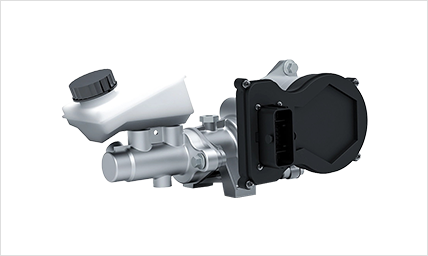
Wired Components
Line control braking & steering enhance vehicle control efficiency & precision via electronic signals.
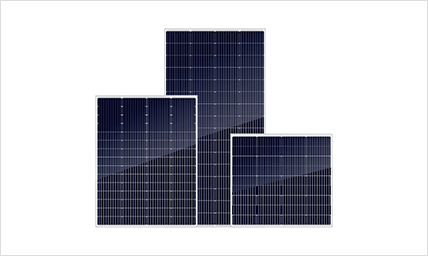
Energy
Solar panels & batteries offer flexible solutions, letting you choose components to suit your needs.
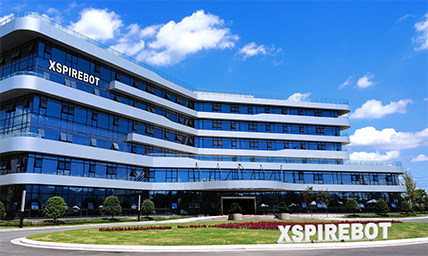
Company News
Xspirebot is committed to helping our customers reduce development costs, shorten the R&D cycle, and accelerate the mass production process through platformized and modularized architectural design and standardized production processes.
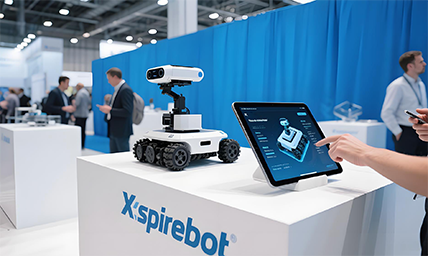
Exhibition News
Xspirebot is committed to helping our customers reduce development costs, shorten the R&D cycle, and accelerate the mass production process through platformized and modularized architectural design and standardized production processes.
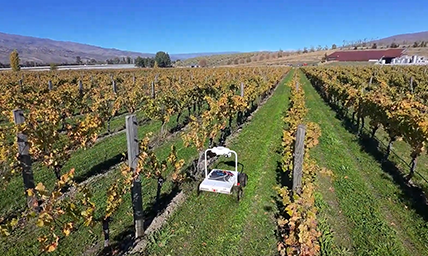
Industry News
Xspirebot is committed to helping our customers reduce development costs, shorten the R&D cycle, and accelerate the mass production process through platformized and modularized architectural design and standardized production processes.
Controller/Drive
Whether you need a single-drive controller or a dual-drive controller, Xspirebot provides the most suitable solution:
The mechanical structure of the robot chassis directly determines the controller selection logic. The core difference between a single-drive controller (driving only one motor) and a dual-drive controller (controlling two motors simultaneously) lies in how they adapt to the robot chassis's motion patterns, precision, and load requirements.
A single-drive controller is a controller designed to control a single drive unit, suitable for simple motion tasks, enabling precise control of a single actuator (e.g., speed, position, torque, etc.).
A dual-drive controller refers to a controller capable of simultaneously or cooperatively controlling two drive units (e.g., motors or actuators). By adjusting the speed difference between the two motors, complex movements such as turning, linear motion, and on-the-spot rotation can be achieved.
Contact us: Send us an email at info@xspirebot.com to learn how to integrate our controller into your project.
The controller is the core control unit of the mobile robot chassis, responsible for chassis motion control, path planning, sensor fusion, communication interaction, and other functions. It needs to coordinate multiple drive units (such as hub motors and track motors), navigation modules (such as laser radars and IMUs), and external commands (such as host computers or ROS systems) to achieve precise movement, obstacle avoidance, and positioning.
The controller on the robot chassis is the core of the robot's motion control system. It receives instructions from the main controller or computer, interprets these instructions, and converts them into control signals for the motor drivers to enable the chassis to move, such as forward, backward, or turning. Additionally, the controller manages other devices on the chassis, such as collision sensors, obstacle avoidance sensors, and charging management systems, ensuring the robot can safely and efficiently perform its tasks.
Self-Driving Controller
The autonomous driving controller is the core hardware and software component responsible for the autonomous driving functionality of a robotic chassis. By integrating various sensors on the chassis (such as LiDAR, visual sensors, and ultrasonic sensors) and the drive system (such as motors and driving wheels), along with advanced algorithms and software, it enables functions such as robot localization, navigation, obstacle avoidance, and path planning.
Single-Drive Controller
A single-drive controller is a controller used to control a single drive unit, suitable for simple motion tasks, enabling precise control of a single actuator (such as speed, position, torque, etc.), such as robots used for educational or experimental purposes. It is primarily responsible for controlling the speed and direction of a single motor, making it suitable for uncomplicated motion scenarios.
Dual Drive Controller
A dual drive controller is a controller capable of simultaneously or collaboratively controlling two drive units (such as motors or actuators). Its core objective is to achieve synchronization, collaboration, or redundancy between two drive units, such as in a differential drive chassis. By adjusting the speed difference between two motors, it can perform complex actions such as turning, straight-line movement, and on-the-spot rotation.
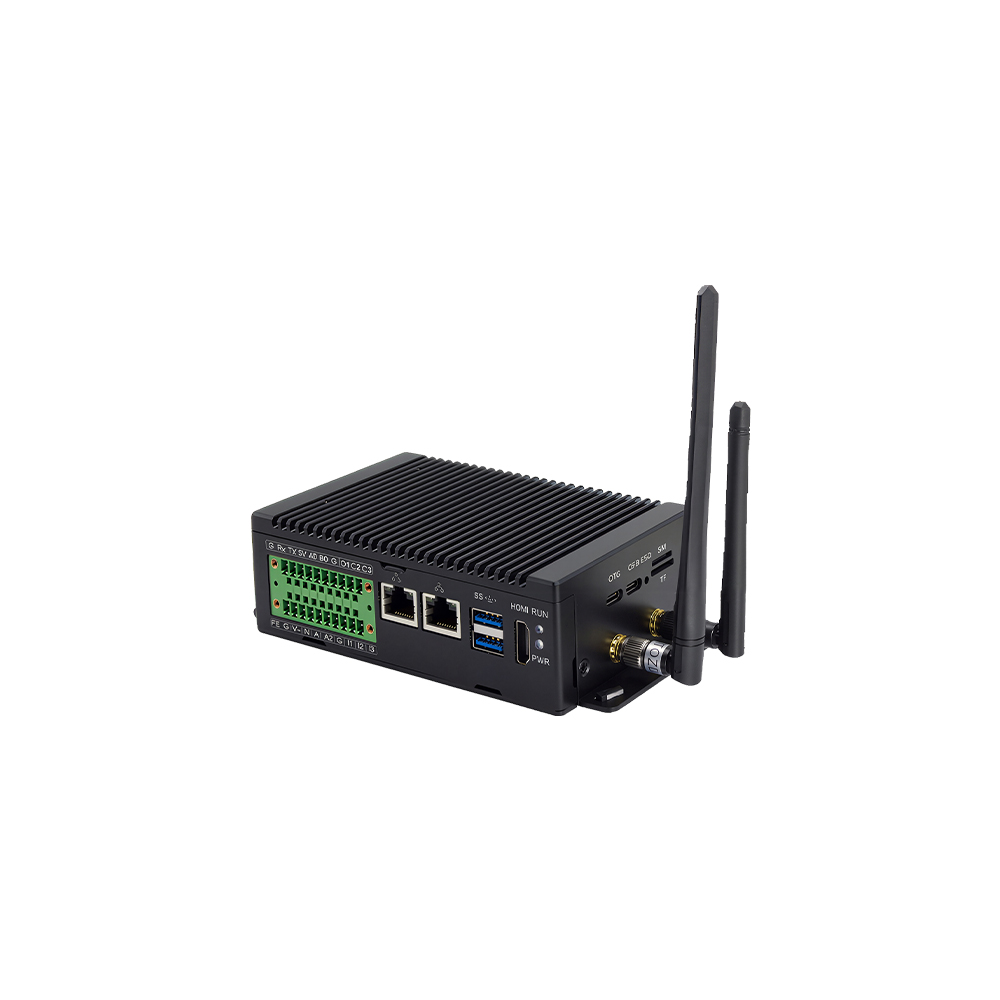
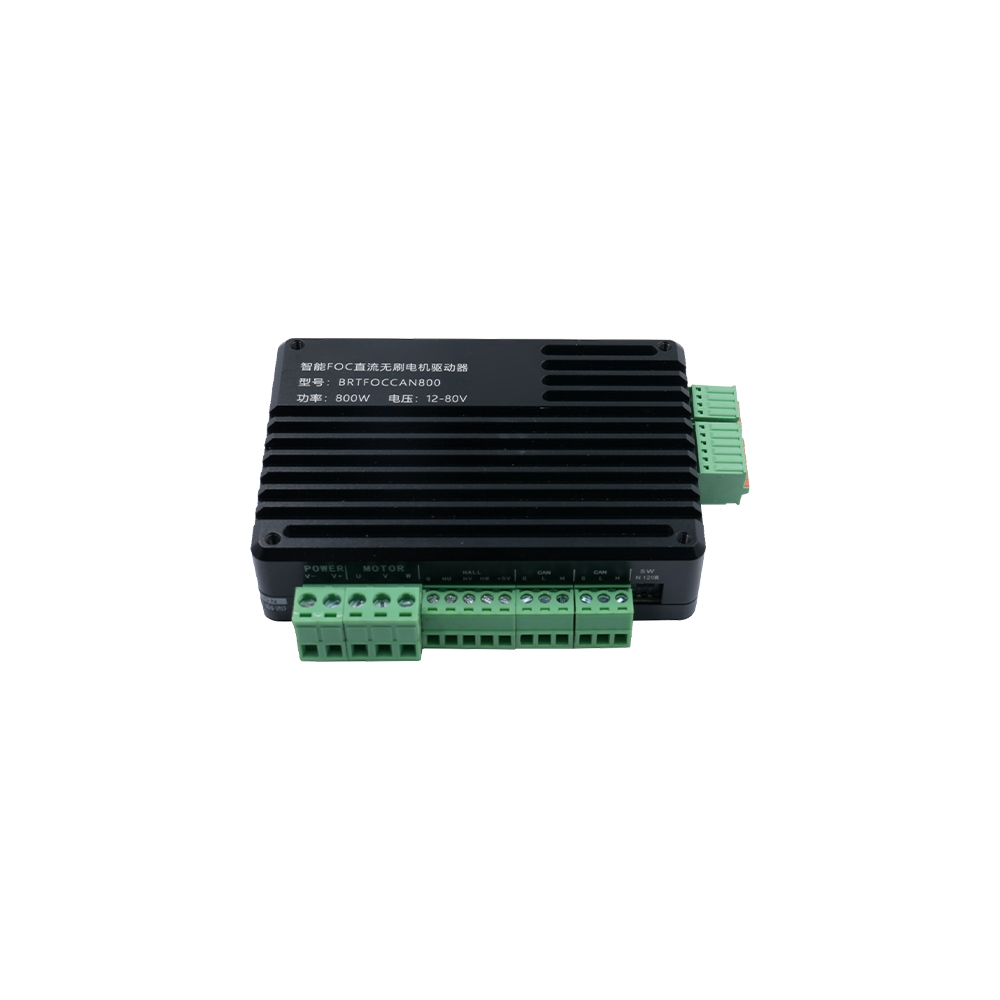

Controller Functions and Features
Motion Control: Controls the motion modes of multi-wheel differential systems (e.g., two-wheel differential, four-wheel Mecanum wheels) and tracked chassis (forward, turn, spin in place).
Supports speed/position closed-loop control (e.g., PID, FOC vector control).
Navigation and Positioning: Fuses LiDAR, IMU (inertial measurement unit), GPS, and odometer data to achieve SLAM mapping, path planning, and localization.
Communication and Interaction: Supports the ROS (Robot Operating System) protocol stack, enabling communication with the host computer via serial port, CAN bus, Ethernet, or WiFi.
Receives external commands (e.g., target point coordinates, speed commands) and provides status feedback (e.g., current coordinates, battery level).
Safety Protection: Real-time monitoring of anomalies such as collisions, falls (via infrared/ultrasonic sensors), low battery, and motor overload, triggering emergency stops or alarms.
Energy Management: Controls battery charging/discharging and power distribution (e.g., DC-DC conversion modules) to optimize runtime.
Control Requirements for Different Chassis Types
Differential Chassis
The controller controls the speed difference between the left and right motors to achieve turning and straight movement.
Four-Wheel Drive Chassis
It may be necessary to control four motors, or use two motors plus a synchronous belt, depending on your requirements and our design.
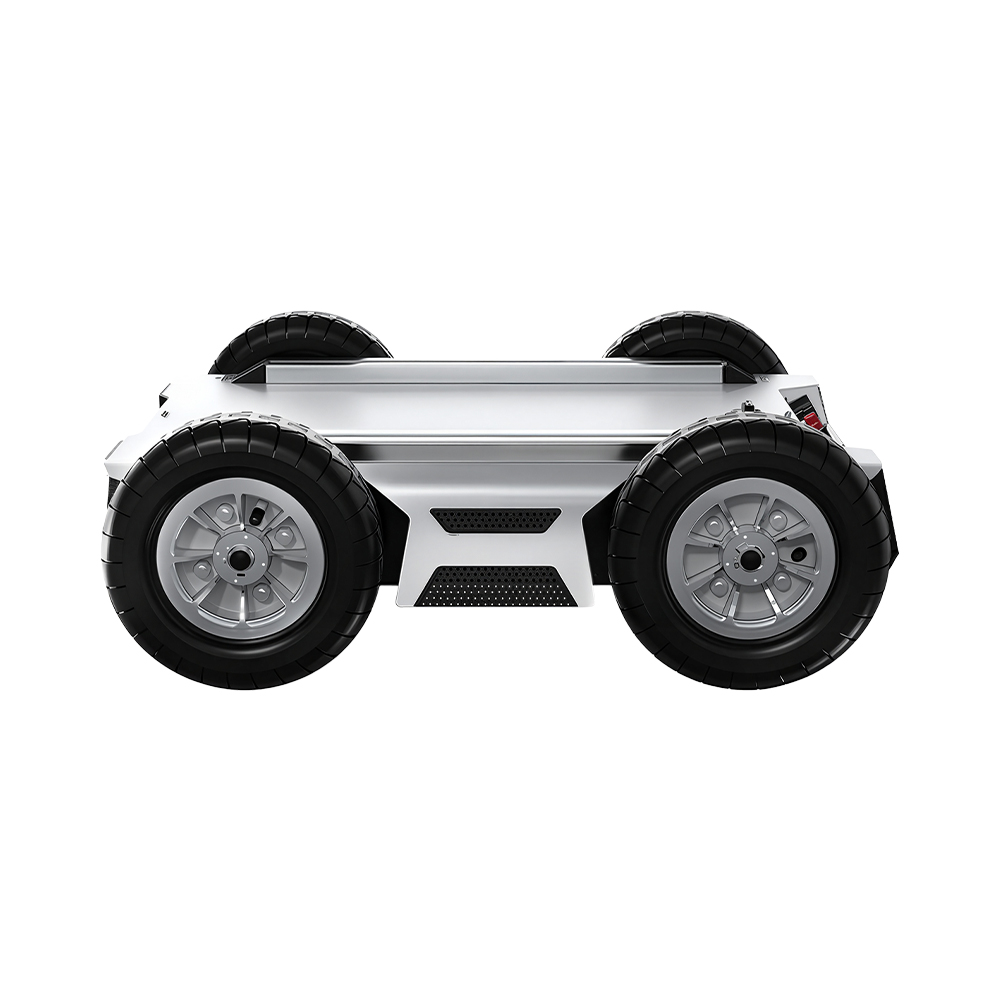
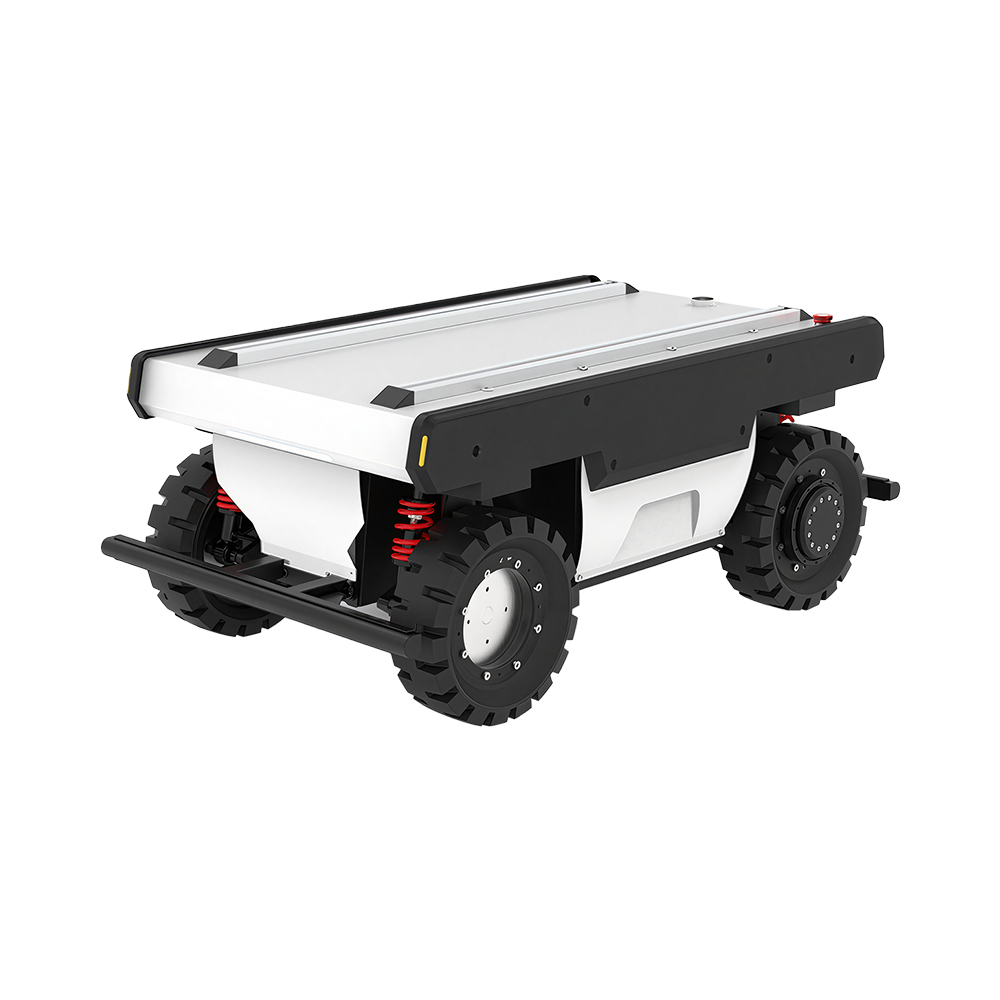
Product Classification
Accelerating the Robot Dream
Empowering robot innovation, providing full-cycle development services, reducing costs, and accelerating the commercialization process.
Contact Us +